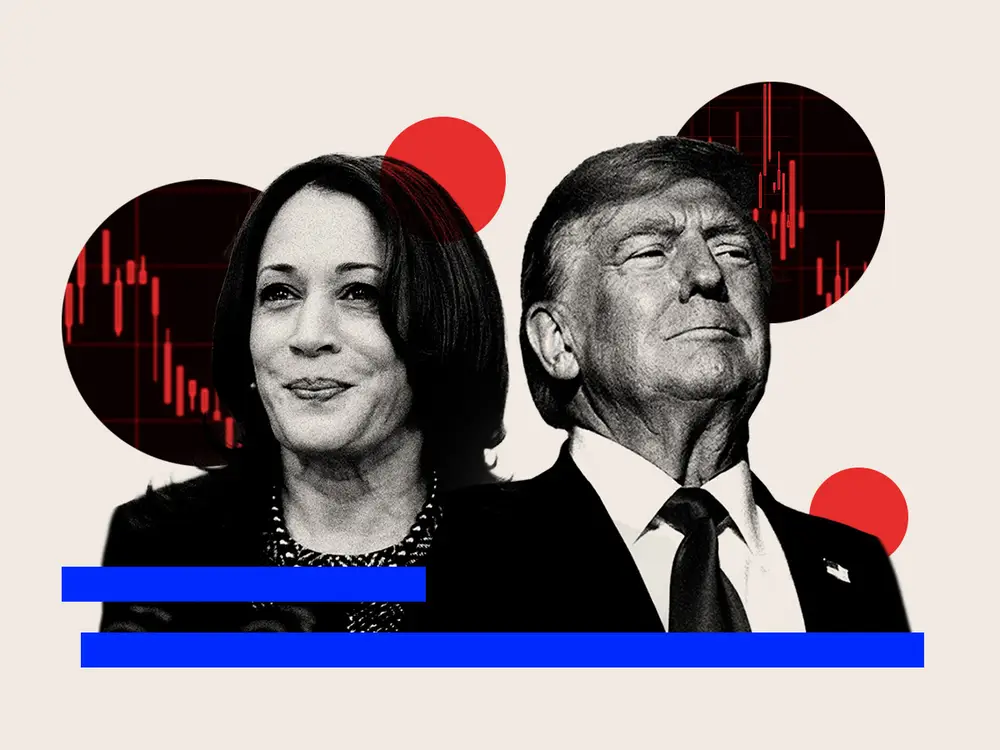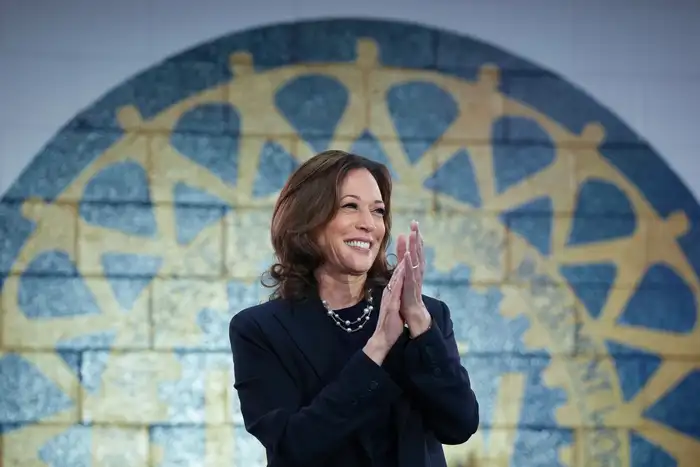Here’s why the presidential race remains a virtual dead heat

Vice President Kamala Harris has dazzled Democrats as the party’s new presidential nominee.
After President Joe Biden stepped aside as the presumptive nominee in July, the party quickly coalesced around her. And any concerns anyone had about her lackluster 2020 presidential campaign were largely put to rest.
Her favorability rating has soared among likely voters. She quickly rallied the Democratic base and saw a bump in support among independents, which helped give her polling leads across swing states in recent weeks. And last week the Harris campaign announced it had raised $361 million in August alone — nearly three times the $130 million former President Donald Trump brought in that same month.
Still, in a reminder of just how volatile American elections can be, a newly released New York Times/Siena College poll found Trump had a one-point edge over Harris among likely voters. The poll might indicate that Harris’ momentum has stalled or it could be an outlier. New polls in the coming days will tell more, especially after Tuesday’s presidential debate.
What is certain is that many of the complexities of the 2024 contest never went away after Biden’s exit from the race. Here’s why the contest remains a nail-biter at this late stage.
A race within the margin of error
Despite a series of polls showing Harris with advantages in states like Michigan and Wisconsin, the leads are generally in the single digits and within the margin of error.
The latest Times national poll showed Trump with 48% support among likely voters, with Harris at 47% support.
The result is unchanged from the Times national survey taken in July.
Some important figures stick out in the most recent Times poll.
Harris saw majority support among voters under 45. She performed strongest among voters aged 30 to 44, winning this group by nine points (51% to 42%). Meanwhile, Trump led among Gen X and voters aged 65 and older by margins within 10 points.
For Harris, turnout among the youngest voters will be key as she seeks to win traditional swing states like Pennsylvania and Wisconsin and hold Sun Belt battlegrounds like Arizona and Nevada. Harris’ appeal with young voters is a major reason she’s been able to put North Carolina back into play for Democrats, which was a far cry from even three months ago when Biden struggled there.
In the Times survey, Harris also had a 10-point lead (52% to 42%) with suburban voters, a significant show of support that could make a huge difference should she extend that advantage over her GOP rival.
Despite Trump’s lead in the Times survey, the former president’s woes in the suburbs are perhaps one the biggest threats to his campaign, as it would likely dampen his ability to win in a critical state like Pennsylvania should Harris gain more steam closer to the election.

Vice President Kamala Harris immediately boosted Democratic prospects across the Sun Belt when she entered the presidential race, but the overall contest remains close.
Voters want to know more about Harris
The presidential debate at the National Constitution Center in Philadelphia will be perhaps the most critical opportunity for Harris to reach voters who remain on the fence about who they’ll support at the top of the ticket.
In the Times survey, 27% of likely voters said they wanted to “learn more” about Harris. Meanwhile, only 9% of likely voters expressed a similar sentiment about Trump.
For the voters who indicated they wanted to learn more about Harris, nearly seven in 10 said they wanted to hear more about the vice president’s policies and plans. An additional 10% said they wanted to learn “everything” about Harris.
So, in effect, Trump boasts a slender lead against a candidate who remains a blank slate to a significant slice of the electorate.
The Democratic National Convention in Chicago was a first step for Harris in emerging from the shadows and onto the national stage. But the debate in Philadelphia will give her time to articulate her vision for what remains the biggest issue of the election: the economy.
In the latest Times poll, Trump had a 13-point lead (55% to 42%) over Harris on who would be better equipped to handle the economy.
Trump, who has relentlessly criticized Democrats over the issue, has made it a centerpiece of his campaign.
Harris has begun to cut into Trump’s advantage on the issue in recent weeks, which had dogged Biden as a candidate. Other surveys, including a Financial Times-Michigan Ross poll released last month, actually showed Harris with a one-point edge (42% to 41%) over Trump on economic matters among registered voters.
That close result is just another reflection of the competitive nature of the race, a dynamic that will likely remain the same until November.






